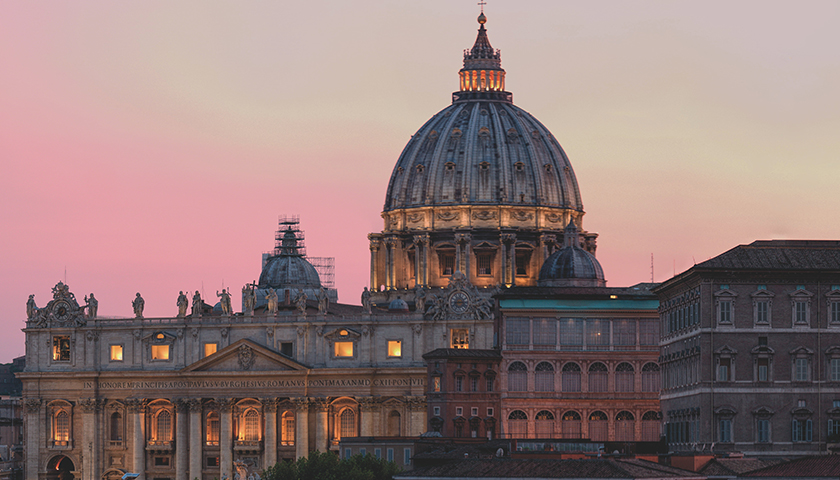by Ambassador Callista L. Gingrich
On Monday, May 3, the Vatican Museums will reopen to the public. The Vatican Museums were founded in 1506, when Pope Julius II discovered and acquired the sculpture, Laocoön and His Sons. Today, the Vatican Museums house one of the oldest and most important art collections in the world.
The Vatican’s impressive collection consists of over 200,000 works spanning five millennia. The collection includes remarkable 15th and 16th century frescoes by Fra Angelico, Michelangelo, and Raphael, as well as stunning masterpieces by Caravaggio and Leonardo da Vinci. Reflecting upon her work, Vatican Museums Director Dr. Barbara Jatta said, “It’s a cultural duty undertaken with a conviction that beauty can lead to faith.”
Before the COVID-19 pandemic, the Vatican Museums were the 3rd most visited museum in the world, hosting an average of 6 million visitors per year and generating essential funding for the Vatican.
The emergence of the pandemic, however, required the Vatican Museums to close its doors on three different occasions, beginning in March 2020, which drastically reduced revenue.
Yet, despite the closures, the Vatican Museums continued its mission of preserving, sharing, and evangelizing through art under the innovative leadership of Dr. Barbara Jatta, the museum’s first female director.
Throughout Dr. Jatta’s tenure, significant projects and restorations have taken place, including the renovation of the Charlemagne Wing, the restoration of 16th century frescoes in the Hall of Constantine, and the discovery and restoration of two late works by Raphael.
With the onset of the pandemic, Dr. Jatta and her team continued to employ a creative and visionary approach to sharing and preserving the Vatican’s remarkable collection with the world. They enhanced virtual online tours, redesigned their website, and attracted record visitors on their social media platforms. Dr. Jatta’s focus on the Vatican Museums’ digital presence also attracted a new audience of young people.
In addition to increasing and revamping the Vatican Museums’ online activity, Dr. Jatta kept the Vatican Museums’ research, preservation, and restoration projects moving forward. “Editorial work never stopped; all departmental research activity, restoration activities, construction sites and laboratories are up and running,” she said. Typically, restoration work is done after hours – which is costly – but during the pandemic, restoration projects took place during normal business hours.
Such restorative work was made possible through the generous donations of the Patrons of the Arts in the Vatican Museums. Through patron chapters, individuals can participate in the unique cultural, historic, and spiritual mission of the Vatican Museums by ensuring that works of art endure to inspire future generations.
American patrons are essential supporters of the Vatican Museums as donations from the United States comprise approximately 80 percent of the funding for restoration projects. For example, support from patrons in California and New England recently financed the restoration of three early Renaissance masterpieces by Carlo Crivelli. This achievement was recognized as part of the 35th anniversary celebration of diplomatic relations between the United States and the Holy See.
Sacred art is an important medium to communicate the teachings of Jesus, illuminate the stories of the Bible, honor the lives of the saints, and celebrate the beauty of God’s creation in the world. As Saint John Paul II wrote in a letter to artists in 1999, “In order to communicate the message entrusted to her by Christ, the Church needs art. Art must make perceptible, and as far as possible attractive, the world of the spirit, of the invisible, of God.”
Dr. Barbara Jatta, her team, the Patrons of the Arts in the Vatican Museums, and others have been essential in carrying out St. John Paul II’s message. Their work – particularly during a devastating global pandemic – is to be commended and admired. Through their dedication and commitment, the masterful works of art in the Vatican Museums will continue to inspire and educate for generations to come.
– – –
To read, hear, and watch more commentary by Ambassador Gingrich, visit Gingrich360.com.




